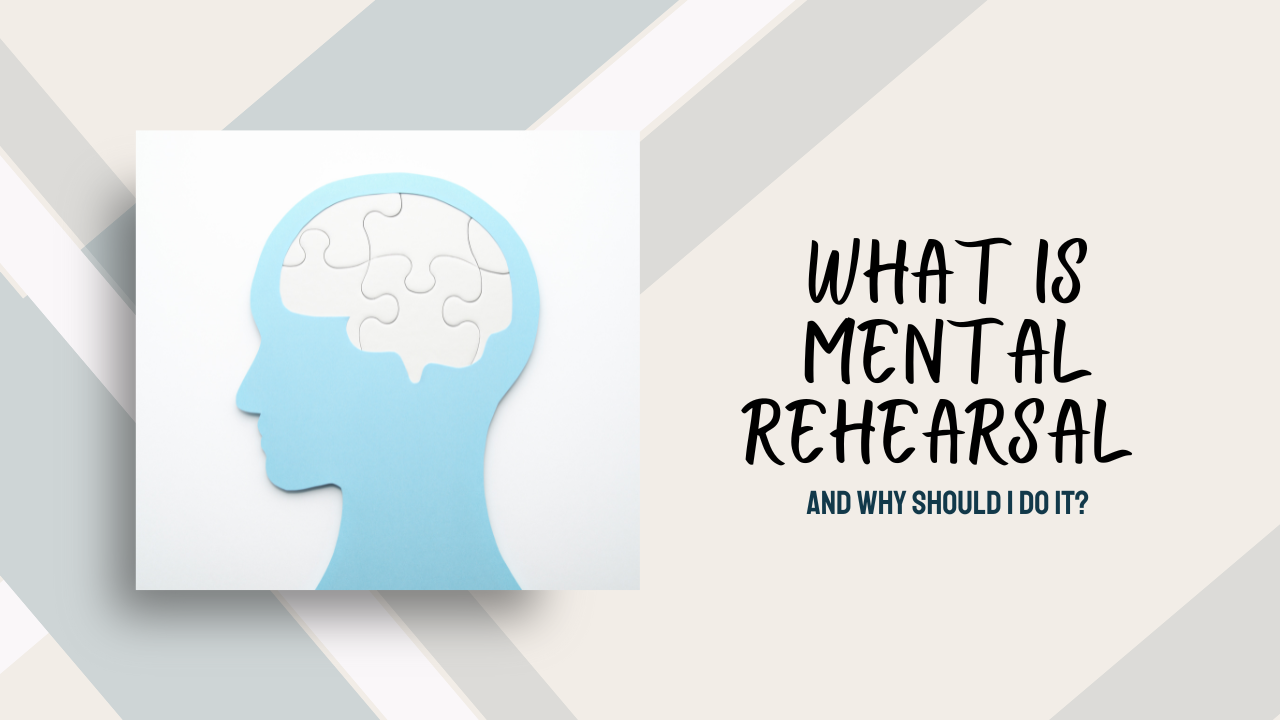What is Mental Rehearsal and Why Should I Do It?
Mar 16, 2023
If you're living with a chronic illness, you know that treatment can be a full-time job. Between doctor's appointments, medications, and therapies, it can be tough to find time for anything else. But what if there was a way to improve your health without having to put in extra hours? That's where mental rehearsal comes in.
Mental rehearsal is a visualization technique that has been shown to help improve physical performance, reduce anxiety, and promote healing. Essentially, it involves picturing yourself doing something in your mind's eye. For example, if you're trying to improve your tennis game, you would picture yourself hitting the ball over the net and into your opponent's court. If you're trying to heal from an injury, you would picture your injury healing properly.
Sound too good to be true? Keep reading to learn more about mental rehearsal and how it can help you live your best life despite your chronic illness.
How Does Mental Rehearsal Work?
Mental rehearsal works by stimulating the same areas of the brain that are activated when you're actually performing the task you're visualizing. When you picture yourself doing something, your brain sends out electrical signals that activate the muscles involved in that activity. The more you visualize yourself doing something, the stronger those electrical signals become, and the better you become at performing that task.
Mental rehearsal can also help reduce anxiety by giving you a sense of control over stressful situations. When you picture yourself handling a situation well—whether it's giving a presentation at work or dealing with a difficult conversation—you're more likely to stay calm and focused when the situation arises in real life.
Finally, mental rehearsal has been shown to promote healing by decreasing stress levels and improving immune function. One study found that patients who used mental rehearsal healed faster from surgery than those who didn't use mental rehearsal.
So, how do you start using mental rehearsal? It's actually much simpler than you might think...
simply sit quietly and visualize the outcome that you want. You picture it in as much detail as possible – what are you seeing when you achieve it? What are you hearing? What are you feeling? The subconscious mind thinks in pictures, sounds and feelings, so make it as vivid as possible so that the subconscious mind can relate to it, and then start to put it into reality. The more frequently you practice mental rehearsal the more effective the change will be.
One study showed that participants who visualized lifting a weight for a certain amount of time over a few week period, actually physiologically strengthened their muscles – the composition of their muscle fibers changed. Another study had one group of participants learn and practice scales on the piano, while the other did not touch the piano keys but visualized performing the scales. Both groups showed changes in the part of the brain responsible for that activity.
Mental rehearsal can be an extremely powerful tool, and it’s ideal for people who are struggling with chronic illness to visualize their healing and as such make actual strides towards it.

